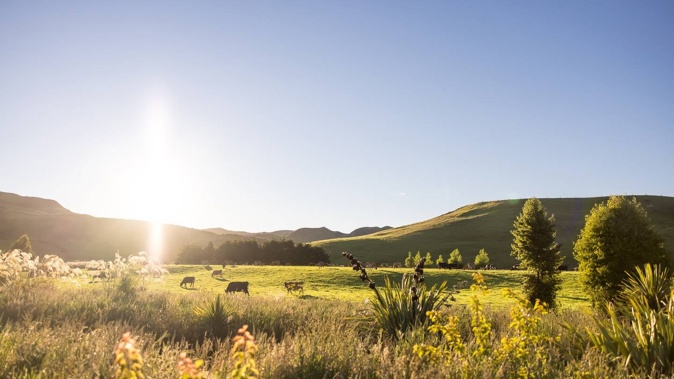
Fonterra said it had raised its 2023/24 forecast farmgate milk price range to $6.50 - $8.00 per kgMS, with a new midpoint of $7.25 per kgMS, up 50 cents, reflecting better supply and demand dynamics.
In New Zealand, Fonterra is forecasting collections to be slightly below last season’s, while aggregate milk growth in key export countries is expected to be below average for 2024, chief executive Miles Hurrell said.
“The El Niño weather pattern may have further impacts on supply, and this could be driving recent buyer sentiment,” Hurrell said.
In addition, recent Global Dairy Trade auctions had shown better demand.
“While this has been encouraging, it is not yet clear whether the stronger demand from China will be sustained. For other key regions, customers remain relatively cautious in terms of their forward purchases,” Hurrell said.
“It’s still early days in terms of the proportion of our 2024 sales book that we’ve contracted, so we still face significant exposure to volatility in commodity prices,” he said.
Fonterra said exchange rate volatility was another factor to keep in mind.
“Our foreign exchange hedging strategy is designed to help lessen the impact of this, and also supports a higher advance rate level than would be possible without hedging,” he said.
The New Zealand dollar last traded at US59.67c and has been on a sharp downtrend since July.
Economists say El Niño could create a headwind for New Zealand’s agricultural production.
The National Institute of Water and Atmospheric Research (Niwa) last month declared the official arrival of the weather pattern, which usually causes dryness in the east and more rain in the west.
Niwa said the country will see dramatic temperature swings over the next three months, with periods of unseasonable warmth, followed by sharp, cold southerlies.
“In short, El Niño conditions tend to be detrimental to New Zealand agriculture, at least on average,” BNZ economist Doug Steel said.
Bad weather has already contributed to difficult conditions this year.
The latest example was heavy rain that caused major flooding in the South Island in September and led to a state of emergency across Southland.
Then there was the long-signalled arrival of El Niño.
However, Steel said concern about New Zealand milk production appears to have contributed to arresting a large and lengthy decline in dairy prices.
Jamie Gray is an Auckland-based journalist, covering the financial markets and the primary sector. He joined the Herald in 2011.
Take your Radio, Podcasts and Music with you









